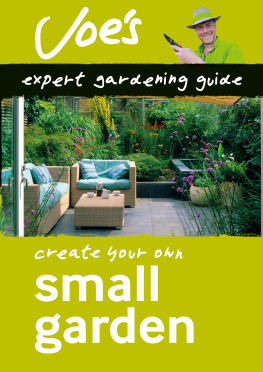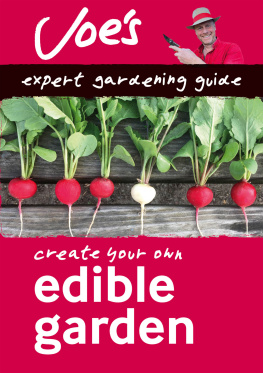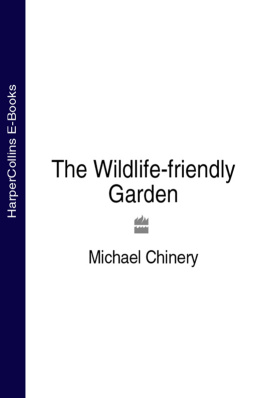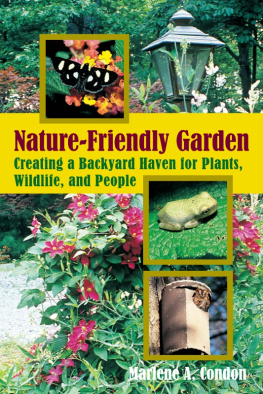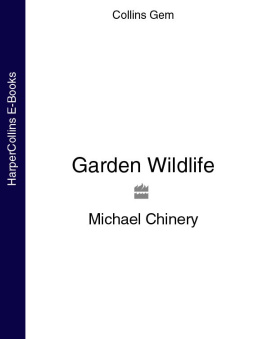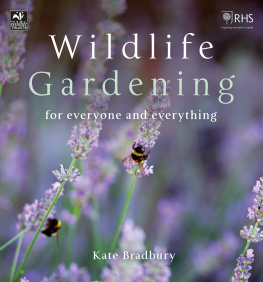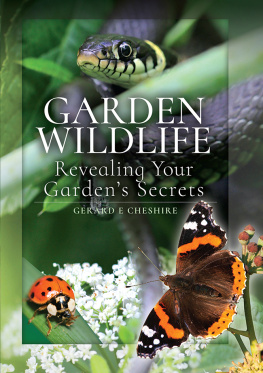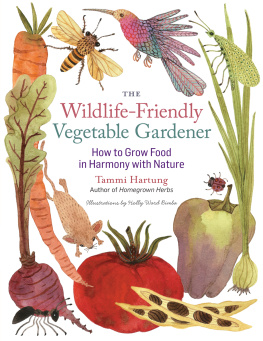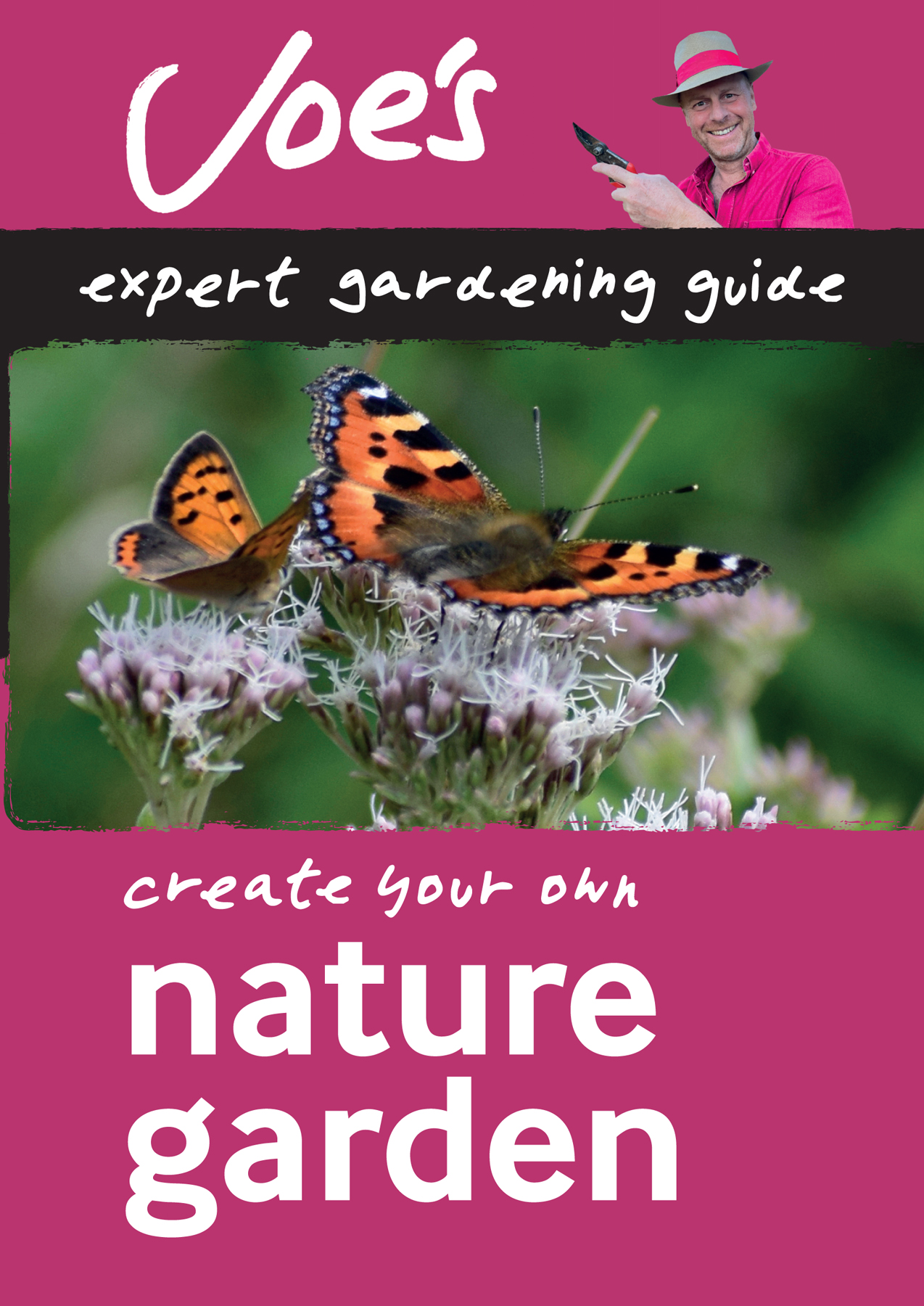contents
Guide
Published by Collins
An imprint of HarperCollins Publishers
Westerhill Road, Bishopbriggs, Glasgow G64 2QT
www.harpercollins.co.uk
HarperCollins Publishers
1st Floor, Watermarque Building, Ringsend Road, Dublin 4, Ireland
HarperCollins Publishers 2022
Text Joe Swift
Cover image Hannah Stanbury / Shutterstock.com
Collins is a registered trademark of HarperCollins Publishers Ltd
All rights reserved under International and Pan-American Copyright Conventions. By payment of the required fees, you have been granted the non-exclusive, nontransferable right to access and read the text of this e-book on screen. No part of this text may be reproduced, transmitted, downloaded, decompiled, reverse engineered, or stored in or introduced into any information storage and retrieval system, in any form or by any means, whether electronic or mechanical, now known or hereinafter invented, without the express written permission of HarperCollins.
The contents of this publication are believed correct at the time of creation. Nevertheless the publisher can accept no responsibility for errors or omissions, changes in the detail given or for any expense or loss thereby caused.
A catalogue record for this book is available from the British Library.
eBook Edition December 2021
Source ISBN 9780008461102
E-Book ISBN 9780008461119
Version: 2022-01-29
Thanks to my agents, Charlotte Robertson and Debbie Scheisse, and everyone at HarperCollins Publishers including Gerry Breslin, Gordon MacGilp, Lauren Murray and Kevin Robbins.
This ebook contains the following accessibility features which, if supported by your device, can be accessed via your ereader/accessibility settings:
- Change of font size and line height
- Change of background and font colours
- Change of font
- Change justification
- Text to speech
- Page numbers taken from the following print edition: ISBN 9780008461102
contents
To be surrounded by and spending time observing nature is one of lifes great pleasures. I take plenty of inspiration for gardening and designing outdoor spaces from the natural world, perhaps observing the way a group of plants interacts and colonises a landscape or noting the way water playfully cascades through a brook. A garden, of course, is not a wild landscape. Its a managed, often stylised, space a hybrid of our desires and natures way yet, to me, a garden will only feel truly alive if its buzzing with bees, fluttering with butterflies and with plenty of birdsong as a backing track.
Sadly, the decline of wildlife (in the UK) over the years has been well documented, the result of a host of reasons (modern and monocultural farming methods, population growth, loss of habitat, etc.). It can make for depressing reading, yet we can help to slow the decline and hopefully reverse areas of it too by making sure that any outside space we have access to is overseen with wildlife in mind.
Gardens are not just a small part of the equation. There are an estimated 16 million gardens in the UK which, when combined, cover an area larger than all of our nature reserves put together. You could say our largest nature reserve is one big garden! The range of plants and habitats within them is exceptionally rich and varied too; a vital resource for the wildlife they support.
We can really make a difference in the way we manage the soil and the choice and range of plants we grow throughout the year, from tall trees down to tiny spring-flowering bulbs. Considering each decision along the way for its environmental benefits only adds depth to the narrative of our plots, making them richer and more interesting.
Its also a misconception that wildlife-friendly gardens have to be unkempt, perhaps rather messy plots. Design is simply the act of planning and bringing the elements together for both their form and their function. If one of the functions is to increase biodiversity within a garden, it doesnt mean it cant look great too. Its a two-way street as well, because the more biodiverse a garden is, the healthier it tends to be: a rich ecosystem invites predators, so is less prone to pest infestations and diseases.
There are many projects that we can all do: bug hotels, bird feeders, planting for pollinators or making a hedgehog house. Kids are the future custodians of our planet and love to get involved and what a fine way of encouraging them to engage with nature. It doesnt take much effort (often the opposite do less!) or necessarily cost anything at all.
The way I garden, I certainly feel like Im managing the space sensitively and doing my bit for wildlife. Yet, gardening this way I dont feel as if Im in a bubble; I feel Im part of something far bigger than the space within my garden boundaries. Get on board, see your plot as an exciting Nature Garden, an important resource, and together we really can make a difference.
Joe

Shutterstock.com
As a garden designer, I always like spaces to flow nicely, look great, have direction and ultimately function well. A nature garden is simply any garden that puts an emphasis on the function of encouraging and sustaining wildlife. Throw away your preconceptions of what a wildlife garden is. As long as it has a high proportion of vegetation, it can be a very stylish space too, the wildlife doesnt care! A nature garden can be made from scratch; an existing garden will probably require some adaptations or have some key elements added into it to make it more welcoming and biodiverse. The three requirements that we all need in life are food, water and shelter and its exactly the same for all animals. Walk around your garden and consider how you can make every single element of it more attractive to wildlife. Perhaps youve inherited a garden, are looking to tweak areas over time, or starting one from scratch? Here are some pointers to consider.

So who needs a lawn, eh?
Shutterstock.com
Surfaces and paths
Large areas of unbroken barren paving dont support any life and dont allow access for burrowing animals. If constructing any new surfaces, look for those that are free draining (gravels/aggregates/slate chippings/woodchip/paviours with gaps incorporated and the paviours laid on sand without cement). Look to incorporate and introduce spaces and gaps for planting wherever possible, which will soften it visually too. With existing paving, is there any way you can lift slabs or units, dig out the subbase and put soil in for more planting? Water runoff from hard paved areas can lead to drainage issues and puddling, yet ideally it seeps directly back into the water table rather than just going down the drain (see the chapter). The siting and size of paths are worth thinking about too. Rather than butting directly up to a fence or boundary wall, leave a generous border as a wildlife corridor. A narrow path for a single person will be much narrower than a path for two to walk side-by-side, yet in a small garden it is probably enough and will provide more space for vegetation.


